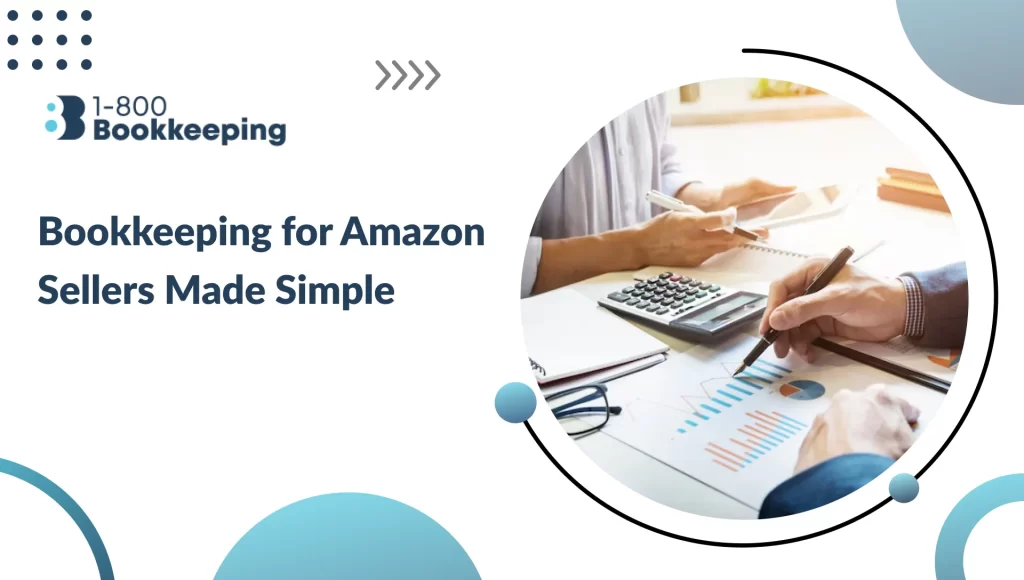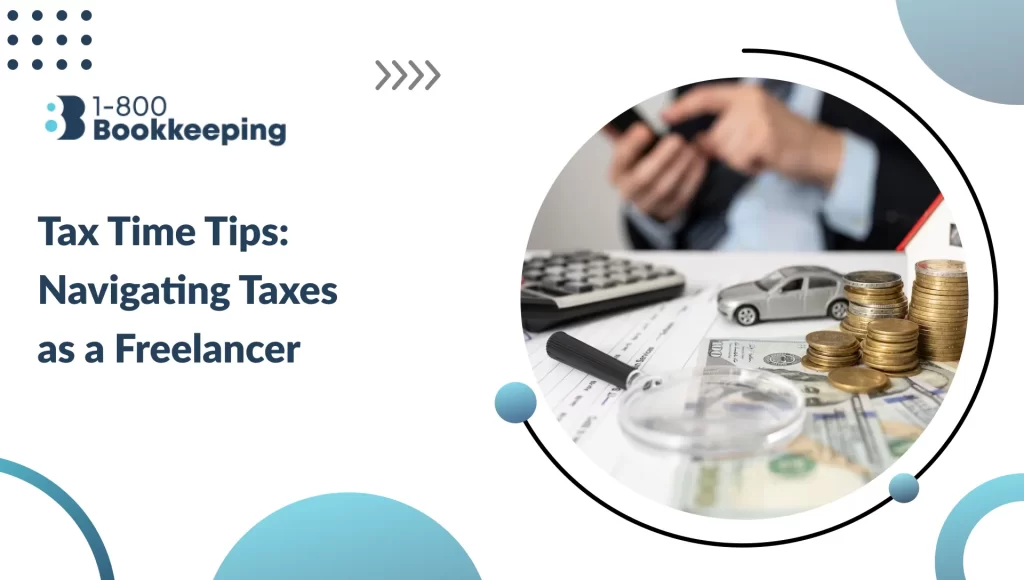A cash flow statement is the backbone of a small business’s financial health. It shows the inflow and outflow of money, helping you keep tabs on whether your operations, investments, and financing activities generate or drain cash. Knowing how to read and use this statement means understanding your business’s real-time liquidity—an essential skill for staying ahead.
What Does a Cash Flow Statement Show?
A cash flow statement offers a detailed look into a small business’s financial movements. It covers three key areas: operating, investing, and financing activities.
1. Operating Activities
Operating cash flow is the heart of the business. It tracks cash earned and spent daily, including sales revenue, rent, wages, and supplier payments. Positive cash flow means your business can handle its bills, indicating operational efficiency.
2. Investing Activities
Investing cash flow represents long-term investments like purchasing equipment or property. These transactions might show a cash outflow initially but can lead to future growth. Small businesses often reinvest profits into assets that boost production capacity or efficiency.
3. Financing Activities
Financing cash flow details money obtained or paid back through loans or equity investments. For a small business, this could mean securing a loan for expansion or repaying investors. A cash influx from financing shows funding strength, while outflows might indicate debt repayment commitments.
Boost Your Business with Cash Flow Management Services
At 1-800 Bookkeeping, we know how critical cash flow management is for small businesses. Our expertise in bookkeeping ensures you have a clear, accurate cash flow statement that reflects your business’s health. With our services, you’ll receive timely reports that offer actionable insights, helping you identify issues like delayed payments or rising expenses before they become problems. Our automated systems make keeping your finances in order easy, letting you focus on growing your business without the hassle of number-crunching.
Let us handle the details while you drive success.
How to Identify Cash Flow Problems
Monitoring a cash flow statement helps spot potential problems early, but knowing where to look is crucial.
1. Negative Cash Flow from Operations
If your business consistently shows negative operating cash flow, it’s a red flag. This indicates the core operations aren’t generating enough revenue to cover expenses, which can lead to cash shortages.
2. High Accounts Receivable
When a significant portion of your cash is tied up in unpaid invoices, it suggests that customers aren’t paying on time. This restricts the money available for other business needs, leading to cash flow stress.
3. Excessive Short-term Debt
Short-term loans can provide quick cash, but more reliance on these loans with clear repayment strategies can create debt traps. Consistent outflow in financing activities without enough inflow signals that the business may be overleveraging itself.
Tip: Regularly reviewing your cash flow statement can help identify these issues before they escalate. Implement strategies such as offering early payment discounts to improve your cash flow and maintain stability.
How Do You Calculate Cash Flow?
Understanding how to calculate cash flow gives you control over your finances. The formula varies depending on the section of the cash flow statement:
Operating Cash Flow Calculation
Operating Cash Flow (OCF) = Net Income + Non-Cash Expenses (e.g., Depreciation) + Changes in Working Capital
For instance, if your net income is $10,000, depreciation is $2,000, and you have a $1,500 increase in accounts receivable:
OCF = $10,000 + $2,000 – $1,500 = $10,500
This figure tells you whether your business’s core operations are financially sound.
Investing Cash Flow Calculation
Investing Cash Flow = Cash from Sale of Assets – Cash Spent on Purchasing Assets
If you sold equipment for $5,000 and bought new machinery for $8,000:
Investing Cash Flow = $5,000 – $8,000 = -$3,000
This shows that the business invests in growth, even if it results in a short-term cash outflow.
Financing Cash Flow Calculation
Financing Cash Flow = Cash from Issuing Debt or Equity – Cash Paid for Dividends or Debt Repayment
If your business received a $15,000 loan and repaid $5,000 in debt:
Financing Cash Flow = $15,000 – $5,000 = $10,000
This positive number indicates strong financial backing and is useful for expansion projects.
Is a Cash Flow Statement Enough to Tell Whether a Small Business is Doing Well?
A cash flow statement provides a snapshot of liquidity, but it’s not the entire story. While it reveals how cash moves in and out of the business, other financial documents provide additional context.
1. Income Statement
The income statement tracks revenue and expenses over a period of time, showing profit or loss. It complements the cash flow statement by highlighting profitability, even if some earnings have yet to be converted into cash.
2. Balance Sheet
The balance sheet lists assets, liabilities, and equity. It gives a broader view of a business’s financial standing, showing whether it’s solvent and well-capitalized.
Conclusion: Relying solely on a cash flow statement might be limiting. A healthy business should show positive figures in all three documents—income, cash flow, and balance sheet.
Benefits of Tracking a Cash Flow Statement Regularly
Small business owners who regularly track their cash flow statements gain insight into the business’s financial pulse.
1. Improves Decision-Making
A clear view of cash inflows and outflows helps business owners make informed decisions, such as investing in new equipment or expanding operations.
2. Prevents Financial Crises
Business owners can adjust their strategies to prevent financial strain by spotting trends early- like increasing operational costs.
3. Attracts Investors
A well-maintained cash flow statement builds trust with investors and lenders, showing that the business is financially responsible and transparent.
Conclusion
A small business cash flow statement is more than just numbers on a page. It’s a powerful tool for understanding your company’s financial health and making decisions that drive growth. Review your statement regularly and seek professional advice if you notice red flags. Analyzing your cash flow can open doors to investment opportunities and long-term stability. Don’t wait—get proactive about your finances today, and watch your business flourish.
Feeling Overwhelmed by Bookkeeping? We Can Help.
Running a business is demanding, and keeping track of your finances can be a never-ending chore. Many business owners need help with the complexities of bookkeeping, which can leave them frustrated and behind.
1-800 Bookkeeping offers expert services to streamline your financial processes and empower you to make informed decisions.
Our team of seasoned professionals understands the unique challenges businesses of all sizes face. We can help you:
- Free Up Valuable Time: Offload your bookkeeping tasks to our dedicated professionals.
- Gain Peace of Mind: Ensure your financial records are accurate and up-to-date.
- Make Smarter Decisions: Get actionable insights into your business performance through clear and concise reports.
- Feel Confident: Make informed financial decisions based on reliable data.
Don’t let bookkeeping hold you back from achieving your business goals. Contact 1-800 Bookkeeping today for affordable bookkeeping solutions.
FAQs
- How often should I review my cash flow statement?
- Monthly reviews are recommended. Frequent checks help you catch problems early and adjust strategies promptly.
- What is the difference between a cash flow statement and an income statement?
- A cash flow statement tracks cash movement, while an income statement records revenue and expenses, whether or not they’ve been paid.
- How can I improve my business’s cash flow?
- Reduce expenses, manage inventory effectively, and incentivize early customer payments to boost your cash flow.
- Do I need accounting software for cash flow statements?
- While not required, accounting software simplifies tracking and ensures accuracy, saving time and reducing the risk of errors.
- Is negative cash flow always bad?
- Not necessarily. A business might have negative cash flow if it’s investing heavily in growth. Evaluating the context is key.





